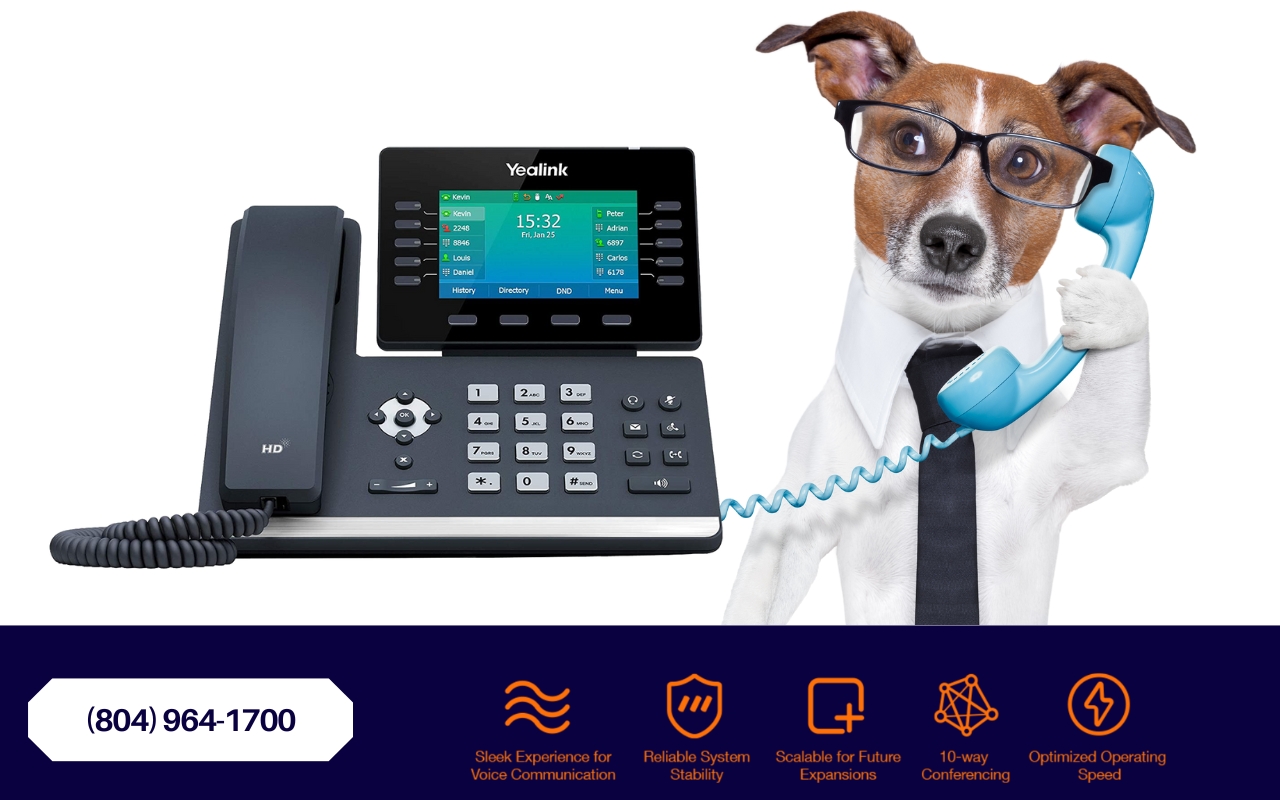Smooth Transition: Migrating Your Small Business Phone System to the Cloud
In today’s fast-paced business landscape, staying ahead means embracing innovative solutions that enhance efficiency and connectivity. One such solution that’s gaining traction among small businesses is migrating their phone systems to the cloud. This transition offers numerous benefits, including cost savings, scalability, and improved collaboration. However, the thought of migrating an entire phone system can be daunting. Don’t worry – this comprehensive guide will walk you through the process step by step, addressing potential challenges and offering expert tips to ensure a seamless migration to the cloud.
Step 1: Assess Your Current System
Before diving into the migration process, it’s crucial to assess your current phone system. Take inventory of your hardware, features, and usage patterns. Identify any bottlenecks or areas that need improvement. This assessment will serve as the foundation for planning your cloud migration strategy.
Step 2: Choose the Right Cloud Hosted VoIP Provider
Selecting the right VoIP provider is a critical decision. Research various providers, considering factors such as pricing, features, scalability options, and customer support. Look for providers with a proven track record of helping businesses successfully transition to the cloud.

Step 3: Plan Your Migration Strategy
Create a detailed migration plan that outlines the timeline, tasks, and responsibilities. Determine whether you’ll migrate all at once or in phases. Develop a communication strategy to keep your team informed throughout the process.
Step 4: Prepare Your Team
Educate your employees about the upcoming migration and its benefits. Provide training sessions to familiarize them with the new system’s features and functionality. Address any concerns or questions to ensure a smooth user experience post-migration.
Step 5: Backup and Data Migration
Before migrating, ensure that you have a backup of your existing data. This includes call logs, voicemails, and contact information. Your VoIP provider should guide you through the data migration process to avoid losing valuable information during the transition.
Step 6: Test and Optimize
Set up a testing environment to evaluate the new system’s performance and features. Address any issues or discrepancies and fine-tune the system to align with your business needs.

Step 7: Implement the Migration
With testing complete, it’s time to execute the migration plan. This might involve configuring the new cloud-based system, porting phone numbers, and updating hardware or software settings.
Step 8: Monitor and Support
After the migration, closely monitor the system’s performance and address any post-migration issues promptly. Offer ongoing support to employees as they adjust to the new system, ensuring a smooth transition to cloud-based communication.
Step 9: Continuously Improve
As your team adapts to the new system, gather feedback and insights. Use this information to make continuous improvements, optimizing your cloud phone system for better efficiency and user satisfaction.
Conclusion
Migrating your small business phone system to the cloud is a strategic move that can revolutionize the way you communicate and collaborate. By following this step-by-step guide, you’ll be well-equipped to navigate the migration process with confidence. Embrace the benefits of cost savings, scalability, and enhanced capabilities as you usher your business into a more connected and efficient future.




